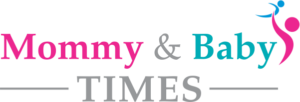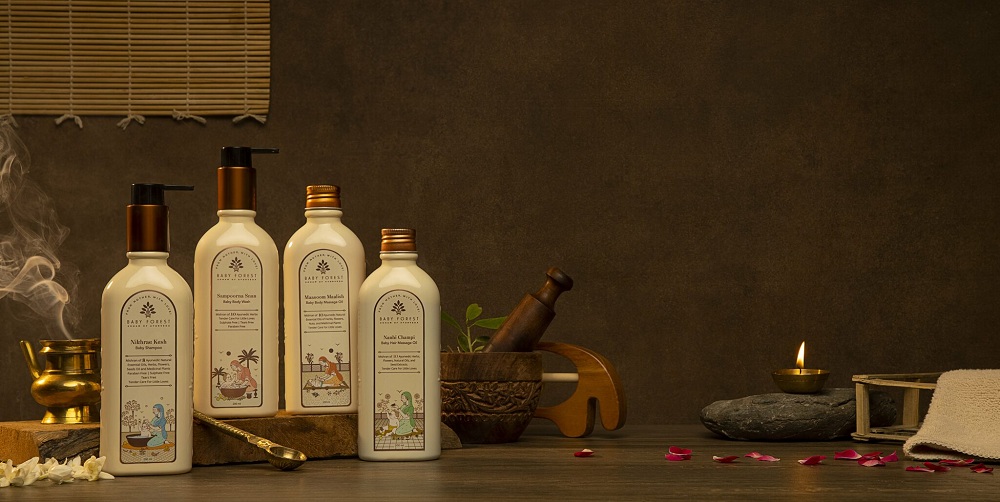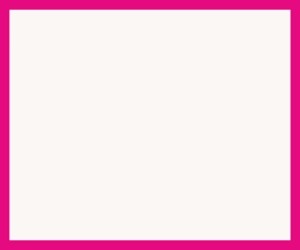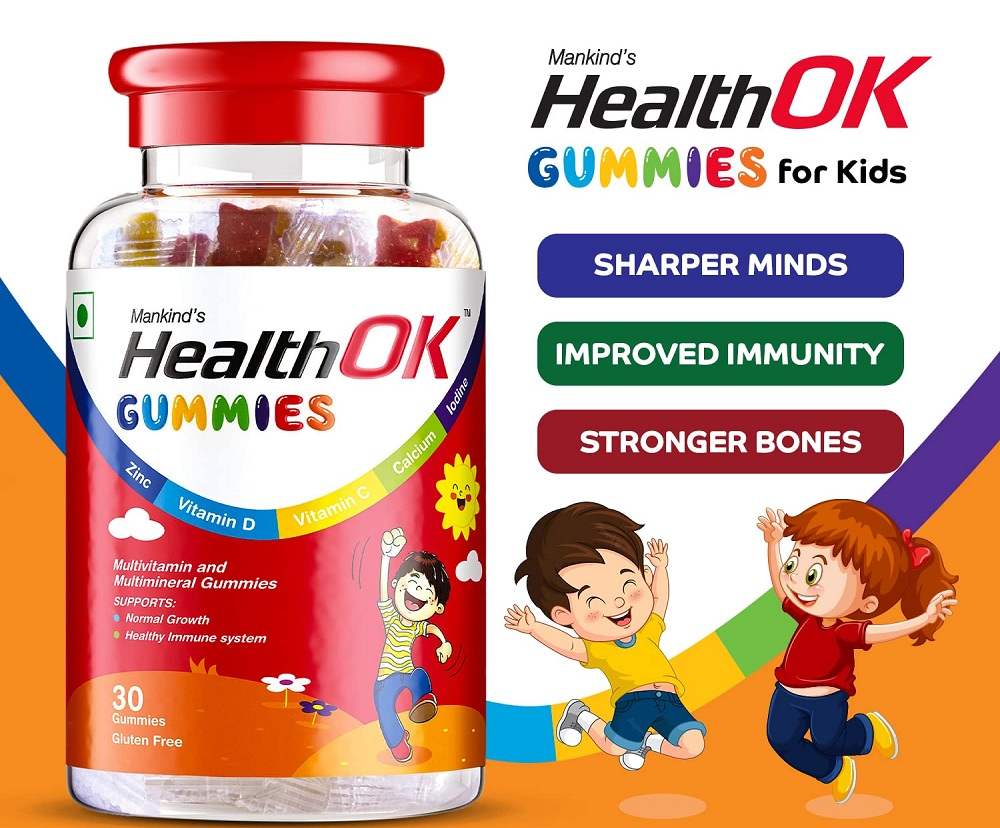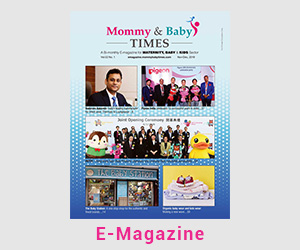“The toy market in India is booming – currently estimated at USD 1 billion, and has the potential to double itself by 2025… MakersLoft’s Indic Bricks is positioned at the convergence of do-it-yourself and know-your-roots, both toy market segments with huge potential in India.”
Founded in 2015, MakersLoft champions “hands-on learning” in K-12 education in India. The vision of the Kolkata-based company is to make STEM education enjoyable and accessible for students. The organisation seeks to present an Indian alternative in the “building blocks” category in the toy industry with a range of block toys (Indic Bricks) that are inspired by Indian mythology and architecture, the first of which is a Ganesha statue.
Meghna Bhutoria, Founder & Director, MakersLoft, in an exclusive interaction with Mommy & Baby Times, presents a rundown of the brand, the kind of acceptance they have received in the market, the unique strengths of their flagship product, and the future plans of the company.

January 28, 2022
Mommy & Baby Times: Could you give us a glimpse into the business story of MakersLoft and some notable accomplishments for the company so far?
Meghna Bhutoria: MakersLoft started as a ‘makerspace’ for adults – a 4000 square feet workshop equipped with 3D Printers, laser cutter, carpentry, mechanical and electronics tools, and equipment. The idea was to provide the infrastructure and environment for people to innovate. This was my western thinking, having just returned from the US. We soon realized that India still does not have a hands-on culture, the people who use their hands are artisans and mistris. Even adults who were fascinated by the concept and wanted to participate, their hands just did not have the ‘maker’ vocabulary. We realized the need to start young and pivoted to space for young children, where they would learn hands-on skills at a very early age. We kept lowering the entry age of children who could access our programs – each year from 13 to 10 to 7 to 5 and 2 years eventually in 2019. We found a great platform in building blocks for our STEM (Science, Technology, Engineering, and Mathematics) programs. We run various courses in Creative Building, Robotics, Coding, Electronics, and 3D Printing for ages 2-14 years.
MakersLoft has trained over 16,500 children across India since 2015. Since the pandemic, online classes really opened up the world for us and we now have students from the USA, UK, Canada, Australia, Singapore, UAE, Saudi Arabia, Malaysia, and Vietnam. Our students have won in several international competitions like World Robot Olympiad and FIRST LEGO League. Before the pandemic, we conducted after-school programs out of 7 centres in Kolkata and were planning to expand in Bangalore, Ahmedabad, and Pune.

MBT: Please shed some light on Indic Bricks and the inspiration behind starting the range.
MB: Every parent wants to connect their child to their heritage and culture. Then why is it that children, especially in metro cities, seem to have such an affinity towards western culture over their own? Well, the answer could lie in your child’s toy box – it is possibly filled with Spiderman, Doremon, Pokemon, Barbie, Avengers, Disney, etc. How many Indian-themed characters or toys can you find in your child’s collection? When a child grows up on a diet of Western characters, it is but natural they would be influenced by them and possibly think not so highly of Indian culture.
This is the trend that I spotted while spending time with my young nephews or students. And I wondered how we could make Indian heritage more fun, cool and exciting for children, so they are attracted to learn more about it? That is the question our company MakersLoft is trying to answer through Indic Bricks – you can call them the new building blocks of Indian culture and heritage.
Indic Bricks actively engages children in Indian heritage through building blocks toys. For example, while assembling a Ganesha murti a child is naturally inclined to be intrigued about his 4 arms and would want to learn more about his superpowers through our stories. Moreover, a child could build a small-scale model of the Kailasha temple and learn about the incredible architecture found in Indian monuments.
What is special about Indic Bricks is that it not only helps engage children with their roots, but also develops their creativity, spatial skills, focus, and persistence. Our first product Ganesha set was launched for Diwali and it can be bought online from our website. We have many more exciting sets planned – Bal Krishna, Hanuman, Ramayana storytelling set, of Indian monuments, and many more.
MBT: Kindly share some specifics on the designing and manufacturing of the Indic Bricks products. Elaborate a bit on the acceptance the product has received in the market.
MB: I am unable to share too much about the designing and manufacturing at this point as we are trying several options to build a world-class product, which is at a price point that is much lower than major international brands. We want our products to be accessible to a broad customer base in India, so we are exploring various means of production.

We have had great feedback from customers on Indic Bricks Ganesha– many of them send us pictures of their build, some of them placed it in their mandir at home. We’ve had stories where grandmothers have taken away the Ganesha and decided to keep it for themselves! A lot of adults have purchased the product too for themselves or their partners or family members. What has been heartening to see is how the customers have incorporated the Ganesha into their life. So two separate customers came back and told us that this is the Ganesha they will build every year in Ganesh Chaturthi. And then at the end of the festival, they will submerge it in a bucket of water and dismantle it – making it their sustainable Ganesha.
We’ve also had a couple of children ask us why plastic, could we not do better? So we explained to them it was not single-use plastic. But yes, at the same time we are also actively looking at alternative materials for our products. The best has been when people ask us what else do we have – which other God, what other Indian cultural items, monument models, etc. We’ve also actively sought input from customers to develop our product pipeline.
“Indic Bricks actively engages children in Indian heritage through building blocks toys… Moreover, a child could build a small-scale model of the Kailasha temple and learn about the incredible architecture… it not only helps engage children with their roots, but also develops their creativity, spatial skills, focus, and persistence.”
MBT: How important is the role of playing, especially with block toys, in shaping the imagination, creativity, cognitive development, and the advancement of other sets of skills in a child?
MB: Building blocks are a great tool to develop creativity in children. Btw, we strongly believe that children are the most creative people on planet earth. However, there is a systematic decline in their creativity as the children progress from one grade to the other, all thanks to our archaic education system. Thus, at MakersLoft, our role is to keep retaining and nurturing their natural creativity.
One thing we do differently than other institutes or traditional education systems is that we encourage children to think for themselves. We try to provide a safe environment for them to try, fail and learn. And building blocks are great that way because no mistake is fatal. You do something wrong – no problem, dismantle and build again! It is a very forgiving toy. Building blocks are also great for spatial development and not too many courses in traditional education focus on this aspect. It is something that is so important in today’s world where we so commonly use GPS, Virtual Reality, and 3D everything.
We start with blocks from the age of 2 – blocks, combined with storytelling, rhymes, and play help in social-emotional development, language, and vocabulary and early Math and Science (qualitative way).

MBT: What is the current market reach of the products?
MB: Indic Bricks’ first product Ganesha has been rather well received in India and abroad, especially US & UK. We’ve sold to customers in all the major cities like Bangalore, Delhi, Mumbai, Pune, Hyderabad, Chennai, Coimbatore as well as cities like Moradabad, Bhuj, Jalandhar, Kozhikode, and Jammu. What has been surprising was orders coming in from small towns like Neyveli, Thiruvalla, Walayajpet, and Kunnathunad.
We’ve only sold online due to the pandemic, using marketplaces like – Amazon, Flipkart, and our website. Social media has been a great means of reaching potential customers and resellers overseas.
Also Read: MakersLoft – Building Blocks for Kids based on Indian Culture
MBT: As a block toys maker and STEM education provider, what are the driving trends in the segment? What is the present size of the Indian toy market and the expected growth of the segment?
MB: First of all, it is great to see in the market many more STEM toys made by Indian companies are getting recognition and support in the industry. The quality of the products itself is pretty good; they come complete with curriculum and support. There are Indian companies that are now bringing world-class products to the global market – world-class in every aspect from product design to packaging to building platforms around and community around the product. Something to be very proud of! There is avid use of technology mechatronics, robotics, AR, VR. I am also excited to see more cultural and heritage theme toys coming into the market, which not just children, but even adults are consuming!
Then there is a change in distribution models. D2C is the name of the game as the companies are reaching customers directly thanks to modern e-commerce, digital marketing, and drastic improvements in the supply chain. There is less reliance on retail stores and chains, those margins can be passed off as a benefit to the customers in the form of more affordable prices.
The toy market in India is booming – currently estimated at USD 1 billion, and has the potential to double itself by 2025, according to a FICCI-KPMG report. MakersLoft’s Indic Bricks is positioned at the convergence of do-it-yourself and know-your-roots, both toy market segments with huge potential in India.
“Indic Bricks’ first product Ganesha has been rather well received in India and abroad, especially US & UK. We’ve sold to customers in all the major cities like Bangalore, Delhi, Mumbai, Pune, Hyderabad, Chennai, Coimbatore… Social media has been great means of reaching potential customers and resellers overseas.”
MBT: What are MakersLoft’s goals and what future growth do you envision in the toys industry across the globe?
MB: We want to provide opportunities for children to engage with their heritage in a fun way. There is also the need to diversify a child’s toy box. If you closely look at the toy boxes of children you can get an understanding of the issue we are talking about. And this is not just in urban Indian cities. The other day I was visiting a temple in rural Uttar Pradesh and the toys stalls outside were full of white-skinned dolls with blue eyes and blond hair. What examples and aspirations are we unknowingly creating for our future generation? Our children should be able to see themselves and their culture represented in the toys so they can relate to it as it helps develop a positive sense of identity and belongingness.
MBT: Any concluding thoughts that you would like to add?
MB: I wanted to put the backdrop against which Indic Bricks was born. In this age of globalisation, we are living in the era of the highest levels of migration ever. You are born in one place, go to school in another city, go to college or work in another country, build a family in another continent. We interface with so many cultures, that the need to understand who I am, where do I belong, how do I fit into my current context is stronger than ever. Globalisation and migration have led to an identity crisis of sorts – not just for Indians, but for others also.
India, of course, has the largest Diaspora in the world, around 18 million, spread across UAE (3.5 million), US (2.7 million), Saudi Arabia (2.5 million), UK Australia, Canada, Kuwait, Oman, Pakistan, Qatar, and other countries. Within the country also roughly half of India (600 million) lives in a place where they were not born. We hope Indic Bricks’ products will help people connect with their roots in a fun way and help develop their sense of identity and overall well-being.

